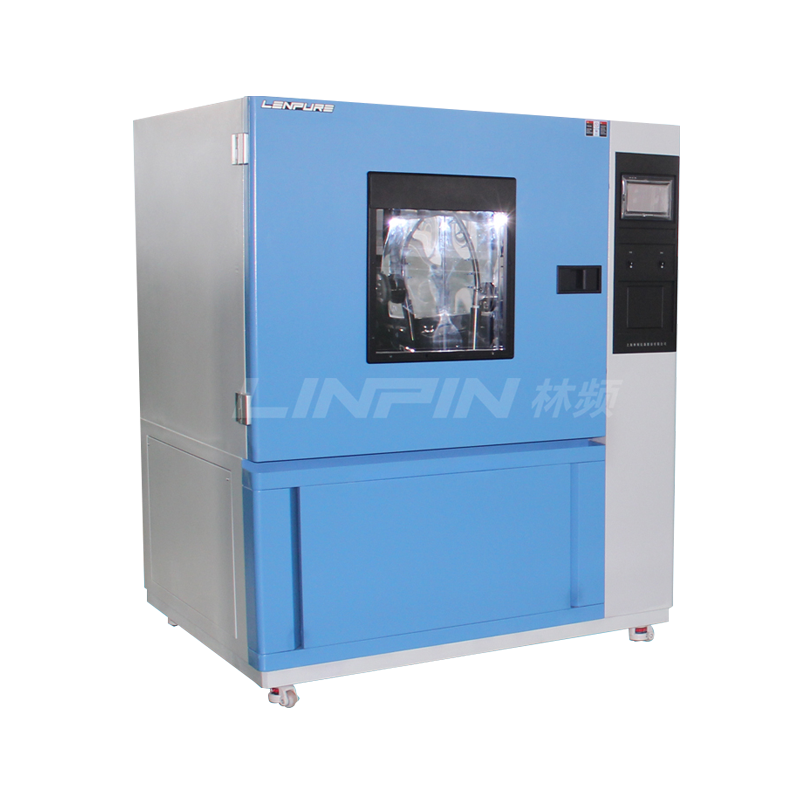

Rain test chambers are used to evaluate the waterproofing parameters and performance of automotive components, low-voltage electrical enclosures, and other products. These devices simulate relevant environmental conditions for testing. So, what are the test procedures for simulating these environments in a rain test chamber?
The rain test chamber follows three main procedures:
Water Leakage Test Procedure
If the device exceeds the specified leakage limit, water from the regulator will drip out, but it must not accumulate into a continuous flow.
The regulator should have a perforated plate with a 22–25.4 mm spaced matrix of holes to ensure uniform water distribution.
The water regulator must have a sufficiently large surface area to cover the upper part of the test specimen.
To enhance leak detection, water-soluble dyes (e.g., fluorescein) can be added to the water, allowing precise identification of leakage points.

Enhanced Test Procedure
All nozzles operate at a pressure of 276 kPa.
Water droplets are sprayed in an interlaced or grid pattern (0–4 mm range) to cover a larger surface area of the test specimen.
For every 0.56 m² of sprayed area, at least one nozzle should be positioned 4.8 cm above the test specimen.
The nozzle spacing can be adjusted as needed to avoid overlapping spray patterns.
Wind-Driven Rain Test Procedure
This procedure involves rainfall combined with controlled wind speeds.
Raindrops should fall within the 0–4 mm diameter range and be dispersed uniformly across the test specimen under the influence of wind.
Water-soluble dyes (e.g., fluorescein) can be added to improve leak detection accuracy.
The wind source should be positioned to allow rain to fall at angles ranging from horizontal to 45°, ensuring even coverage on one side of the test specimen.
Wind speed must exceed 1 m/s, measured at the test specimen location before placing the specimen inside the chamber.
The above outlines the test procedures for simulating environmental conditions in a rain test chamber. For more details, visit the Linpin Instruments website, where we continuously update relevant information. Alternatively, you can call 400-066-2888 directly to inquire about equipment specifications and parameters.